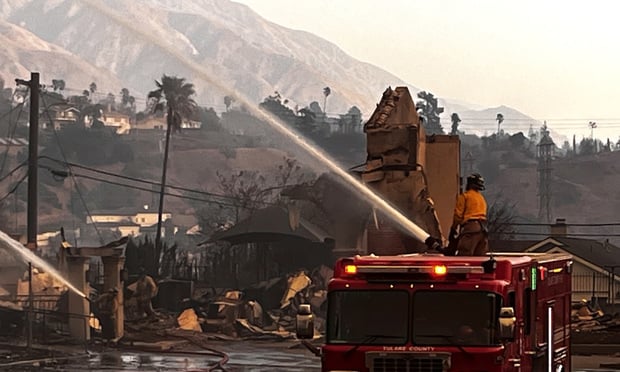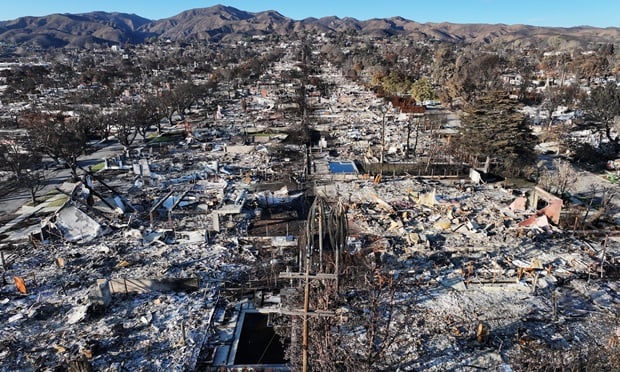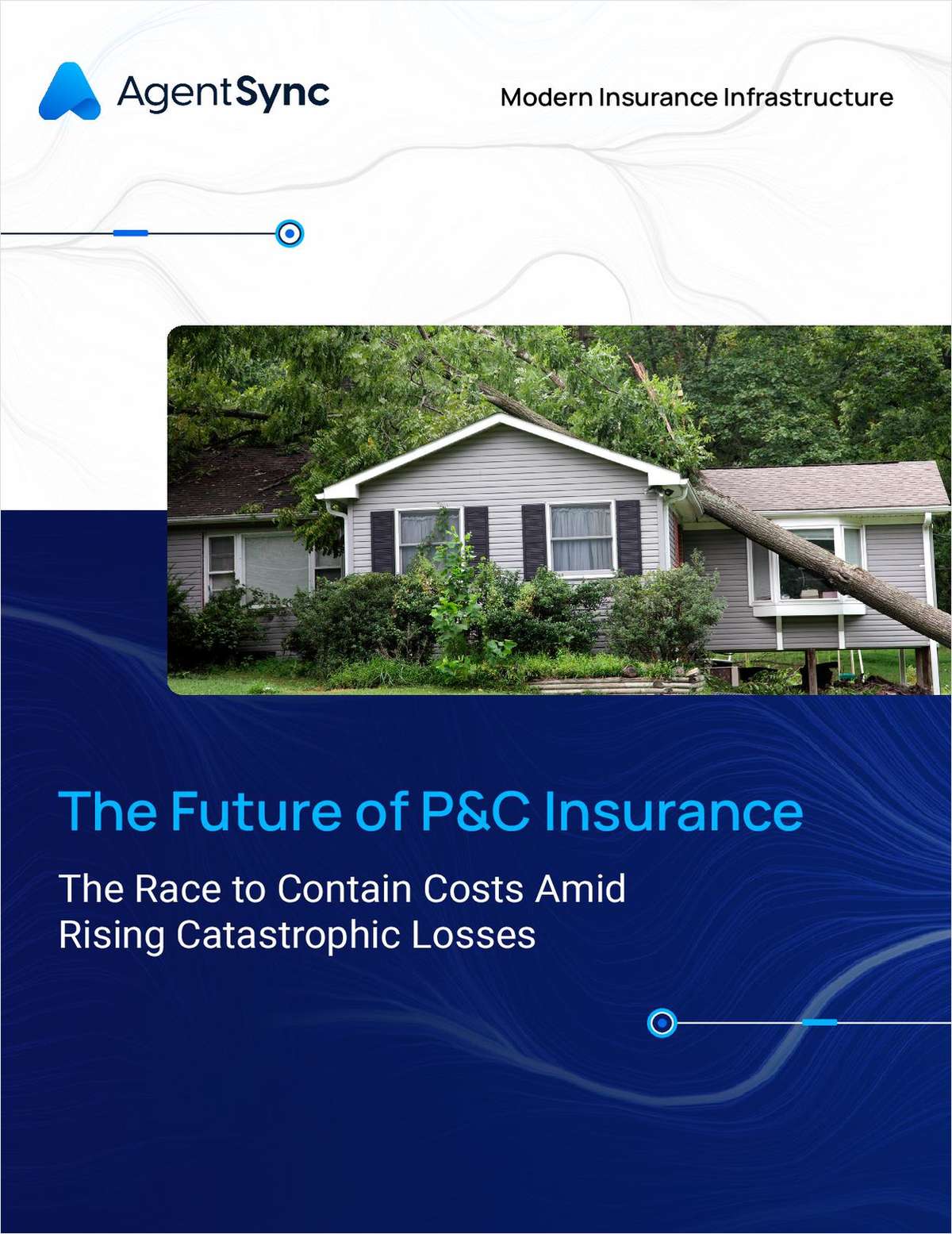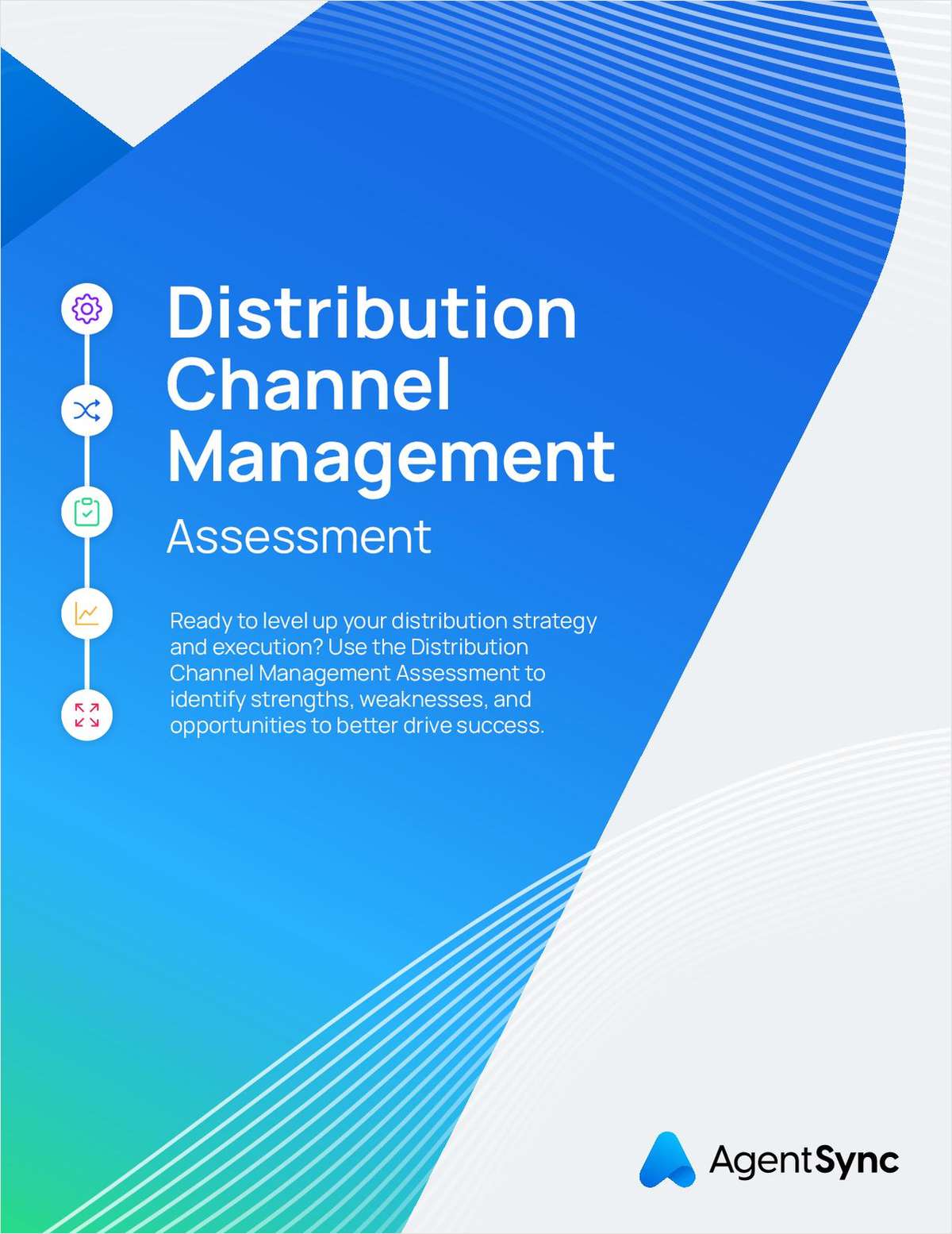NU Online News Service, Jan 14, 2:41 p.m. EST
Insurance industry representatives presented a unified front in opposition to the New York City Fire Department's plan to impose an accident tax on motorists.
At a hearing today, representatives from the insurance industry expressed opposition to a plan that would allow the city's fire department to charge motorists close to $500 when they answer an accident call.
After attending today's hearing, Ellen Melchionni, president of The New York Insurance Association, told NU Online News Service that she hopes the hearing served as an educational session for the fire department and the city. She said there was a united front of opposition displayed at the hearing, including representatives from the Property Casualty Insurers Association of America (PCI) and the National Association of Mutual Insurance Companies (NAMIC), among a host of others who spoke in opposition to the plan.
"I believe the information we provided for them will enlighten them to understand that this is a bad idea and bad public policy," said Ms. Melchionni.
Under the city's plan, there would be a charge of $490 to respond to a vehicle fire or any other incident with injuries. A vehicle fire without injuries would cost the motorist $415 and arriving to a scene without fire or injury would see a charge of $365.
NAMIC issued a statement outlining its opposition to the plan that would bill motorists and insurers, saying that the fee amounts to double taxation and municipalities are under the false impression that the fees are covered by insurers.
"NAMIC has fought these proposals every step of the way, and we continue to find that these fees are not only unpopular but also ineffective as a means of generating revenue," said Paul Tetrault, NAMIC's state affairs manager for the Northeast, in a statement. "Municipal officials should recognize the balance between potential revenues and public opposition, which shows these programs are not worthwhile."
In a separate statement, the American Insurance Association (AIA) noted the overwhelming opposition the proposal has gotten and that in other places where these plans were instituted, major revenue gains were not realized.
"We believe this kind of fee-based emergency response system was rejected long ago for very good reasons and should not be resurrected now," said David F. Snyder, AIA vice president and associate general counsel.
Critics charge that individuals would delay calling for emergency assistance because of the charges, endangering lives in the process.
"Even a moment's hesitation caused by fee-related financial concerns can be fatal," said Mr. Snyder.
In her testimony, Ms. Melchionni laid out the case that revenues promised under this scheme are not often realized. In one example, the city of Cleveland billed $2 million but only collected $117,000 in one year. Quincy, Mass., expected to raise $25,000 in accident response fees but only collected $2,700.
No decision was made at the hearing and Ms. Melchionni said attendees were told it would be a few weeks before the department makes a decision.
It has been reported that New York City Council President Christine Quinn is opposed to the plan. However, the fire department does not need council approval to move forward.
Want to continue reading?
Become a Free PropertyCasualty360 Digital Reader
Your access to unlimited PropertyCasualty360 content isn’t changing.
Once you are an ALM digital member, you’ll receive:
- Breaking insurance news and analysis, on-site and via our newsletters and custom alerts
- Weekly Insurance Speak podcast featuring exclusive interviews with industry leaders
- Educational webcasts, white papers, and ebooks from industry thought leaders
- Critical converage of the employee benefits and financial advisory markets on our other ALM sites, BenefitsPRO and ThinkAdvisor
Already have an account? Sign In Now
© 2025 ALM Global, LLC, All Rights Reserved. Request academic re-use from www.copyright.com. All other uses, submit a request to [email protected]. For more information visit Asset & Logo Licensing.








